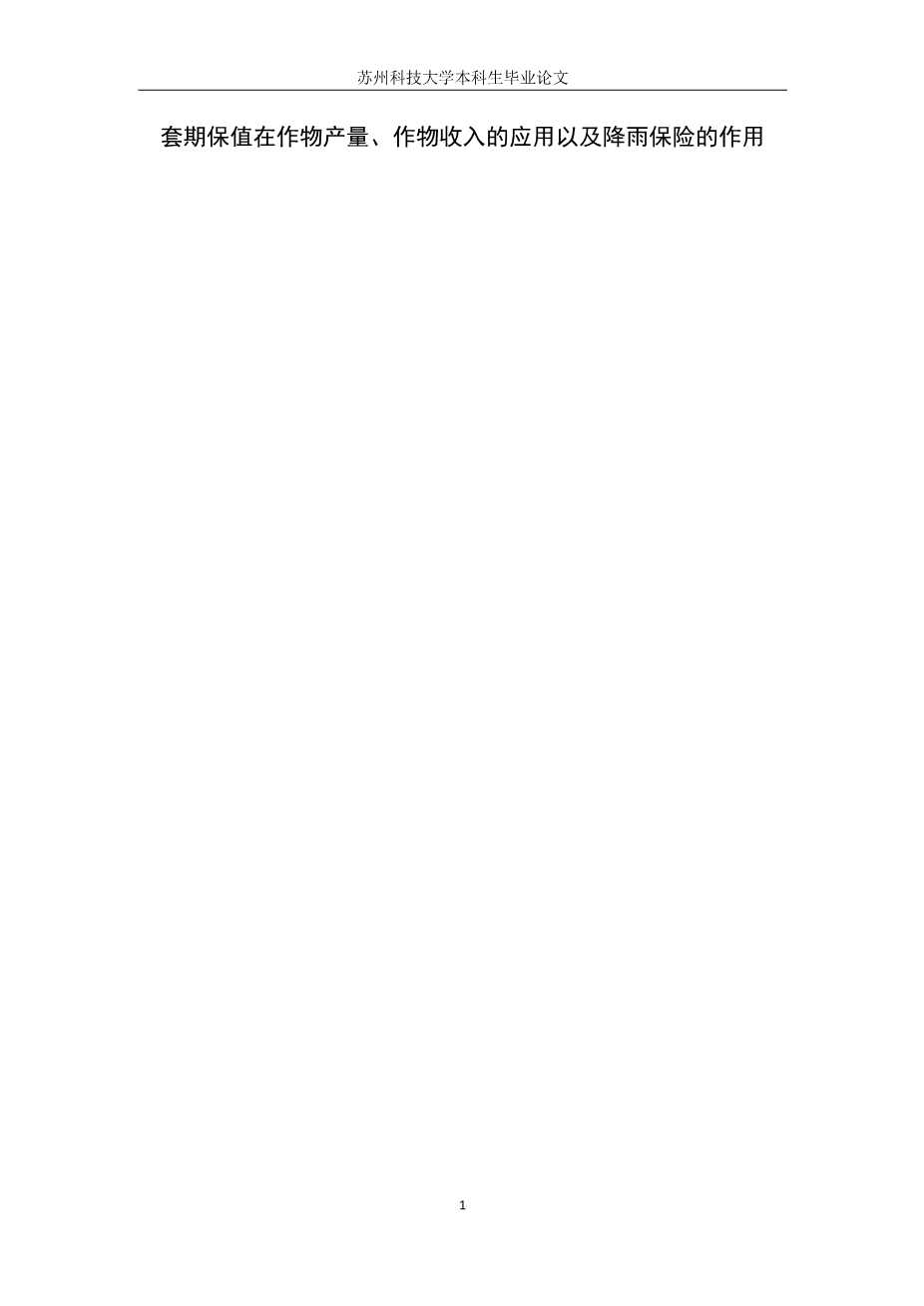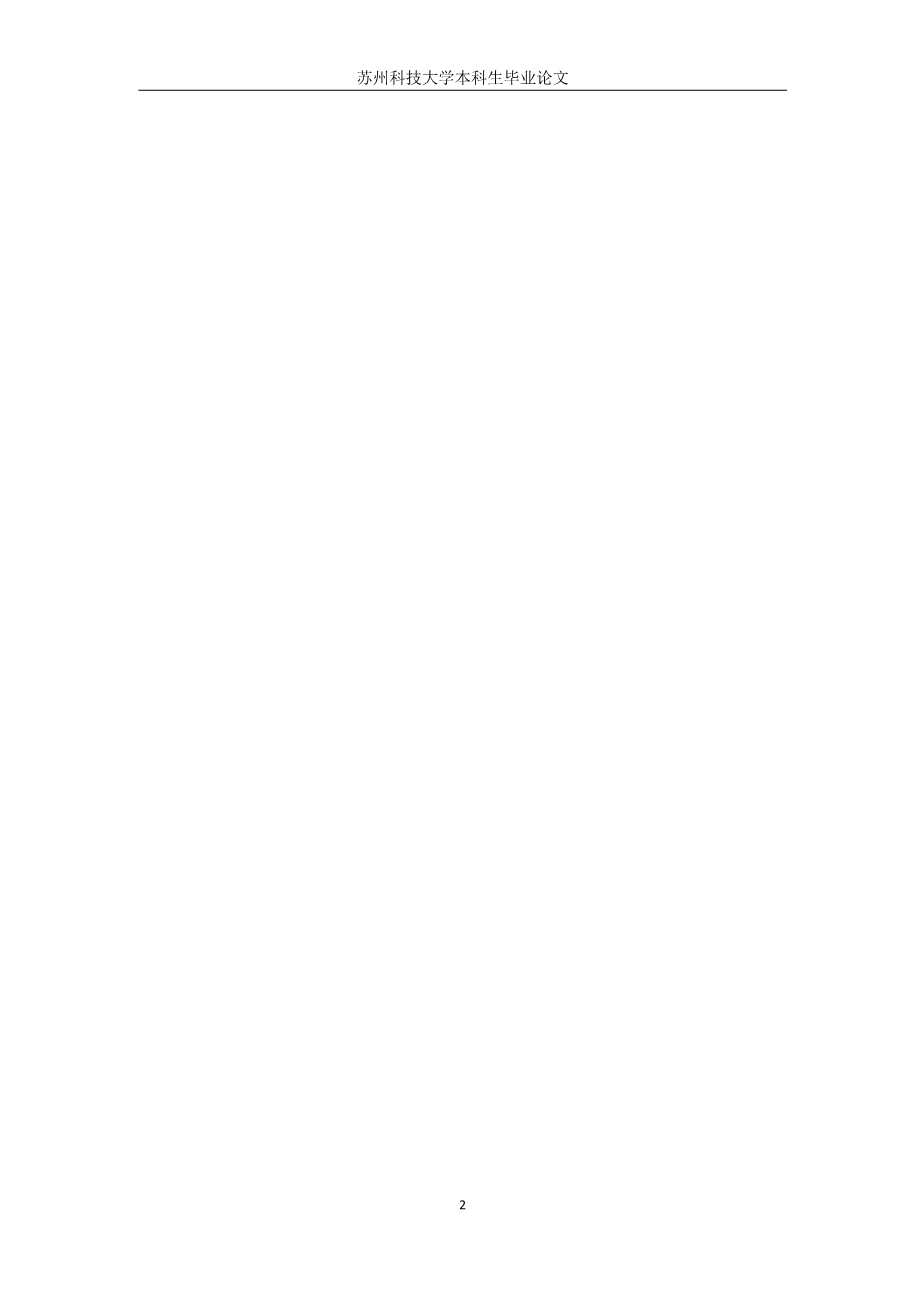Hedging in Presence of Crop Yield, Crop Revenue and Rainfall Insurance
1.1Analysis of Hedging Strategies
We assume the farmer to make all the hedging decisions at the time of sowing. As mentioned before, the farmer hedges x amount in futures and zi (i = 1, 2, 3) amount in options. As far as the buying of the insurance products is considered, we assume that the farmer fixes the coverage levels of district insurance products at 90 % and that of state insurance products at 100 % (i.e. γ = 0.9, φ = 1). A higher φ is assumed because the farmer has lesser control over the indices of the state insurance products and hence the farmer might demand a higher coverage. The insurance company might also be willing to provide the higher coverage as moral hazard becomes a less serious problem in this case and so a higher insurance coverage is assumed. Since our analysis is largely concerned about the problem of hedging using price risk management products, we assume fixed yield and revenue insurance coverage levels. In absence of the hedging and insurance products, the farmer’s income is given by
where ,,andare the random price, random output, fixed costs and variable costs for the farmer and A is the acreage in which the farmer cultivates soybean. This will change when the farmer starts hedging and buying insurance products. For example, the net income in a case where the farmer uses futures, options and district yield insurance productis given by:
The farmer is assumed to have a constant relative risk aversion (CRRA) and the utility function, of the farmer in this case is given by:
where θ is the farmer’s coefficient of relative risk aversion. In such a context, we estimate the hedging amounts in futures and options marketswhich would maximize the expected utility of the farmer. Similarly, we estimate the optimal hedge ratios in presence of district revenue insurance, state yield insurance, state revenue insurance and rainfall insurance products separately. We also consider scenarios where the options are not traded and only futures markets are available for hedging the price risk of the farmers.
1.2Hedge Ratios
To estimate the optimal hedge ratios, we first consider a baseline case in which the coefficient of relative risk aversion of the farmer is 2, the futures markets is unbi-ased, and transaction costs for hedging in futures markets and loading charges on the insurance premium are absent. We first consider strategies in which options are not considered available to the farmer. Then we consider strategies including both futures and options. The optimal hedge ratios in the futures markets and the three straddles are denoted by FHR, S1HR, S2HR and S3HR. These ratios are obtained by dividing the hedge amounts (x, z1, z2, and z3) by the average production of the representative farm ( AE,).
We observe that the optimal futures hedge ratio in futures only strategy is 0.44. Though the correlation between spot and futures prices is high, this is much lesser than a perfect hedge. We also observe that the futures hedge ratio increases in presence of yield insurance products and decreases in presence of revenue insurance products. This is in line with the findings by Cobleetal. (2000) and Mahul ( 2003). Also, the optimal hedge ratio increases in presence of rainfall insurance. The similarity in futures hedge ratios in presence of yield insurance to that in presence of rainfall insurance could be due to the fact that rainfall insurance is an index for yield shortage and the hedging behavior in presence of rainfall insurance is similar to that in presence of any other yield insurance product. In summary, we could infer that the crop yield and rainfall insurance products act as complements and crop revenue insurance products act as substitutes to commodity futures. When options are also considered, the hedge.
1.3 Impact of Risk Aversion on Hedge Ratios
To understand the impact of risk aversion on hedging demand, we vary the levels of coefficient of relative risk aversion to 0.5 and 1.2.
The futures hedge ratios do not vary much with changes in levels of risk aversion in absence of options markets. When options markets are present, the futures hedge ratios vary a lot with changes in risk aversion. As expected, the demand for futures decreases with decrease in levels of risk aversion. We also observe that hedging demand in straddles of extreme values (90 and 110 % of the expected futures price) increases with decrease in the levels of risk aversion.
1.4 Impact of Bias on Hedge Ratios
The futures price at sowing time might be lesser than the expected harvest-time futures price (negative bias) or more than the expected harvest-time futures price (positive bias). We consider four different values of bias (−1, −2, 1 and 2 % of the expected harvest-time futures price) to understand the impact it has on optimal hedge ratios.
We observe that the hedge ratios in futures markets reduce with decrease in bias. The futures hedge ratios are largely positive when options markets are not present. But, in presence of options markets, the optimal futures hedge ratios turn negative for negative bias. This could be because the optimal futures hedge ratio comprises of pure hedge, speculative component and a component for natural hedge (Lapan and Moschini1994). The speculative component is dependent on the bias in the futures markets. When the futures market is downward biased this component is negative and only in presence of straddles, this component is large enough to make the optimal futures hedge ratio negative. As mentioned in Mahul (2003), we observe that making straddles available provides a farmer an opportunity to take an aggressive speculativ
剩余内容已隐藏,支付完成后下载完整资料


英语译文共 5 页,剩余内容已隐藏,支付完成后下载完整资料
资料编号:[486953],资料为PDF文档或Word文档,PDF文档可免费转换为Word
以上是毕业论文外文翻译,课题毕业论文、任务书、文献综述、开题报告、程序设计、图纸设计等资料可联系客服协助查找。


